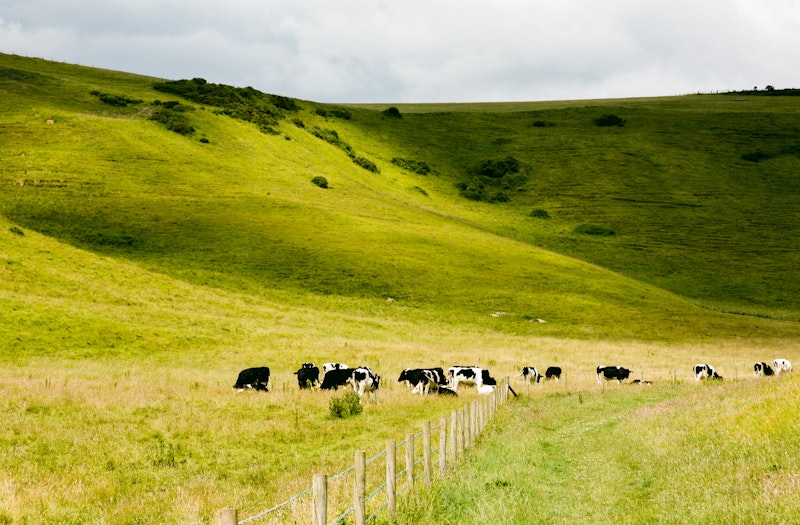The 2025/2026 New Zealand dairy season is shaping up to be reasonable for farmers, with a forecast farmgate milk price that is pretty similar to that of the 2024/2025 season at $10 per kgMS. The continuing global demand for New Zealand dairy, despite ongoing geopolitical uncertainty, means that dairy farmers are able to sell well above the break even price, forecasted at $8.54 by DairyNZ's EconTracker. But, like with any business, continuing to keep costs under control in order to prevent margins from narrowing is key for New Zealand Dairy farmers.
Rising Costs
Whether you're looking at rising global fertiliser prices, the cost of labour or the cost of farm machinery, expenses continue to rise and it's easy for farm businesses to let this eat into their margins. Every dairy farmer I speak to has a strong focus on the costs in their business, and one of the big questions they often ask themselves is: 'How much am I really spending on my dry feed?'
Forage costs are one of the largest expenses for any dairy, yet many farms struggle to bring this expense back to field-level yield for further analysis. Without having real-time visibility into the cost per hectare of forage grown, or tonne of dry matter produced, it's hard to know how profitable your operation is and to plan for the season ahead.

Increasing Visibility
Keeping accurate records for the forage crops they grow doesn't only provide dairy farmers with financial figures, but also helps with many other aspects of running a successful fodder growing operation. Agworld is one of the most popular digital record platforms for farm planning, financial planning, crop planning and compliance audits in the New Zealand agricultural industry, and so I asked a number of our dairy customers which questions they use Agworld to answer.
Here are some of examples of what they told me:
- What is my forage crop yield?
- How much money do I spend on growing a tonne of dry feed?
- How much nitrogen have I applied to a field at any point in the season?
- What are my rotation plans and are this season's crops affected by last season's crops?
- What are my planting dates and how does this affect my crop performance?
- What is my current cost per hectare at any time during the season?
They also told me that they rely on Agworld in the following scenarios:
- Easily running an input summary report for any given paddock at audit time.
- Quickly access soil sample results when they are in a paddock chatting to the agronomist to see if a paddock needs some lime or something else.
- Tracking rainfall quickly and easily.
- Knowing climatic conditions when applying that important pre-emergent spray.
- Being able to forecast how much glyphosate they need for the coming season so they can negotiate a bulk discount.
- Planning fertiliser applications so they can manage the maximum nitrogen application per hectare.
- Ensuring that contractors get directions to the correct fields without wasting time with phone calls and text messages.
Practical Insights
Just entering data into a system that doesn't give you the answer to important questions makes it difficult to make critical decisions. Every system you use on your farm needs to add value, make life easier and/or increase profitability; if a system doesn't do that, it's not worth using.





